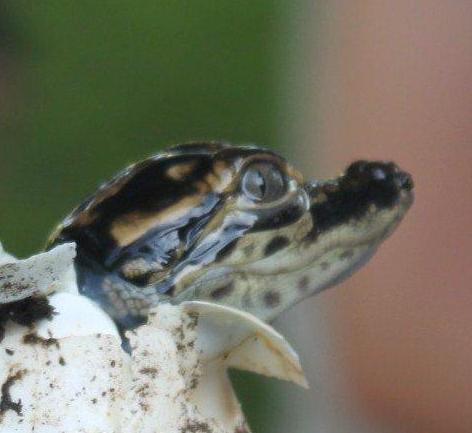Program - Aquatic Invertebrate Program
Description - In this program students will start in the classroom using magnifying glasses and microscopes to examine aquatic invertebrates found in pond water. Students will then be allowed to use nets to collect organisms from an aquatic environment and observe their behavior.
Time required - Approximately 2 - 3 hours
Size requirements -; Not more then 30 students (2 students per microscope net)
SCHOOL GROUP FEES
Guided Nature Hikes (Creekfield Lake and 40 Acre Lake)
- 1 - 20 Students - $40.00
- 21 - 40 Students - $60.00
- 41 - 60 Students - $80.00
- 61 - 80 Students - $100.00
- 81-100 Students - $120.00
Classroom Programs
Unfortunately all classroom programs have been suspended indefinitely.
- Reptile Program
- Mammal Program
- Bird Program
- Aquatic Invertebrate Program (available for grades 3 - 5)
No charge for Nature Center
Reservations must be made in advance and are subject to availability
The following Texas Essential Knowledge and Skills (TEKS) for Grade 5 Science will be addressed with this program
§112.7. Science, Grade 5
(a) Introduction.
(1) Scientific processes. The student conducts field and laboratory investigations following home and school safety procedures and environmentally appropriate and ethical practices. The student is expected to:
(A) demonstrate safe practices during field and laboratory investigations;
(B) make wise choices in the use and conservation of resources and the disposal or recycling of materials.
(4) Scientific processes. The student knows how to use a variety of tools and methods to conduct science inquiry. The student is expected to:
(A) collect and analyze information using tools including calculators, microscopes, cameras, sound recorders, computers, hand lenses, rulers, thermometers, compasses, balances, hot plates, meter sticks, timing devices, magnets, collecting nets, and safety goggles; and
(B) demonstrate that repeated investigations may increase the reliability of results
(6) Science concepts. The student knows that some change occurs in cycles. The student is expected to:
(B) identify the significance of the water, carbon, and nitrogen cycles; and
(C) describe and compare life cycles of plants and animals.
(9) Science concepts. The student knows that adaptations may increase the survival of members of a species. The student is expected to:
(A) compare the adaptive characteristics of species that improve their ability to survive and reproduce in an ecosystem;
(B) analyze and describe adaptive characteristics that result in an organism's unique niche in an ecosystem; and
(C) predict some adaptive characteristics required for survival and reproduction by an organism in an ecosystem.
(10) Science concepts. The student knows that likenesses between offspring and parents can be inherited or learned. The student is expected to:
(A) identify traits that are inherited from parent to offspring in plants and animals; and
(B) give examples of learned characteristics that result from the influence of the environment.
(11) Science concepts. The student knows that certain past events affect present and future events. The student is expected to:
(A) identify and observe actions that require time for changes to be measurable, including growth, erosion, dissolving, weathering, and flow;
(B) draw conclusions about "what happened before" using data such as from tree-growth rings and sedimentary rock sequences;




